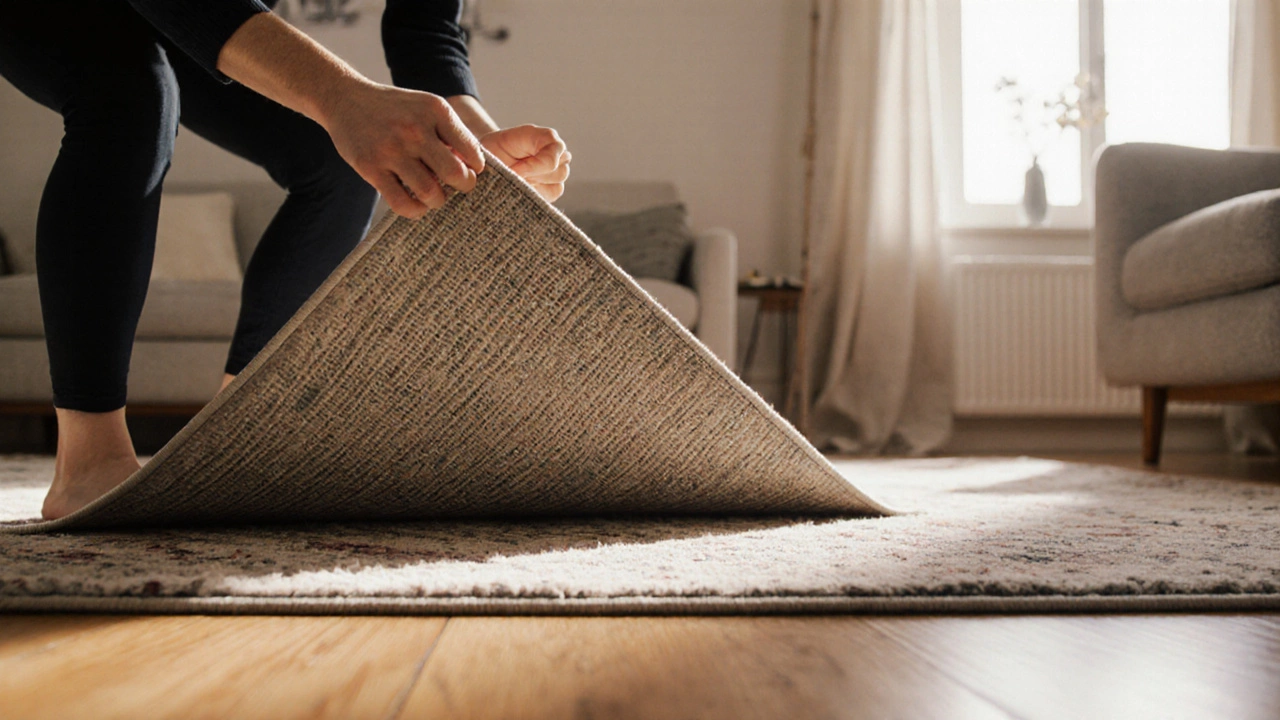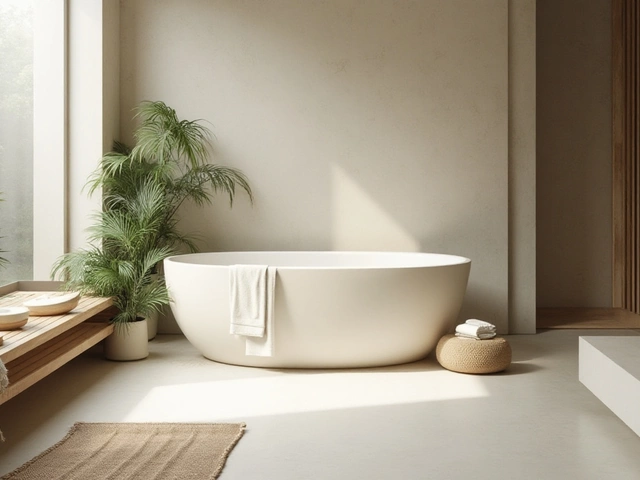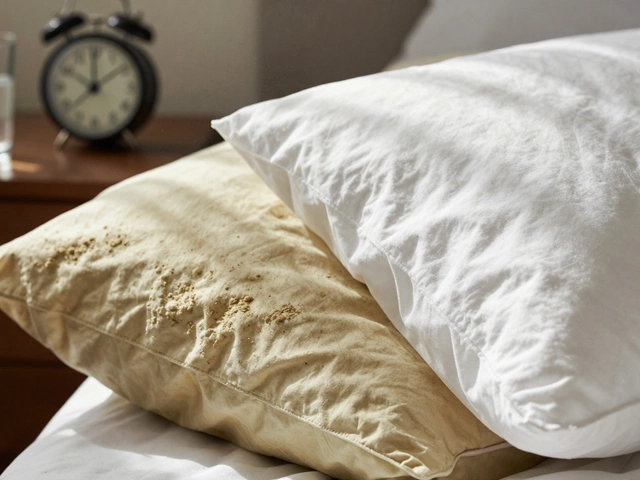Rug Back: What You Need to Know
When talking about rug back, the underside layer that holds a rug together and contacts the floor. Also known as rug backing, it determines slip resistance, comfort and longevity. A quality rug material, such as wool, synthetic fibers or natural jute works hand‑in‑hand with the backing to keep the rug stable. Meanwhile, rug padding, a thin cushion placed under the rug for added softness and floor protection enhances the feel and reduces wear. Together these elements create a slip‑resistant surface, protect flooring, and extend the rug’s life.
Key Factors of Rug Backing
The first factor is material durability. Natural fibers like wool naturally resist crushing, but they need a sturdy backing to prevent the fibers from pulling away. Synthetic backings, often made from latex or PVC, provide a flexible grip that stays put on hardwood, tile or carpeted floors. The second factor is backing thickness, the depth of the backing layer measured in millimeters. Thicker backings give extra cushioning, which is crucial for high‑traffic rooms. The third factor is the type of slip-resistant coating, a rubberized surface that prevents the rug from sliding. This coating influences safety, especially in homes with kids or pets.
Maintenance ties directly to the back. A well‑ventilated, moisture‑resistant backing makes cleaning easier and stops mold from forming underneath. When you vacuum a rug, the backing should allow debris to pass through without clumping, which is why a breathable backing is prized. If the backing absorbs spills, it can lead to odor and fiber damage. Regularly rotating the rug spreads wear evenly across the backing, preserving its grip. Using a rug pad that matches the backing type can also prevent friction that would otherwise wear down the underside over time.
Choosing the right rug for your space starts with matching the backing to your floor. On hardwood, a non‑sticky latex back gives a gentle grip without scratching the surface. For tile, a rubber backing ensures the rug stays put even when the floor is smooth. In high‑traffic areas like hallways, a reinforced backing with extra stitching resists fraying. If you have pets, look for a backing that resists claw punctures and is easy to clean. These decisions align with the broader design principle that the rug’s underside should complement both the floor material and the room’s usage patterns.
All these points set the stage for the articles you’ll find below. From cost breakdowns of high‑quality rugs to tips on low‑maintenance choices, each post dives deeper into specific aspects of rug back, material, padding and upkeep. Browse the collection to learn how a smart backing choice can boost comfort, safety, and style in any room.

Reading the Back of a Rug: What It Reveals About Quality, Age, and Care
Learn how the back of a rug reveals its construction, quality, age, and care tips, with practical checks and a backing comparison guide.
Categories
- Storage (27)
- Bathroom (18)
- Sofas (15)
- Curtains (15)
- Home Decor (12)
- Bedding (11)
- Kitchenware (10)
- Cushions (10)
- Mirrors (10)
- Rugs (9)
Popular Articles



